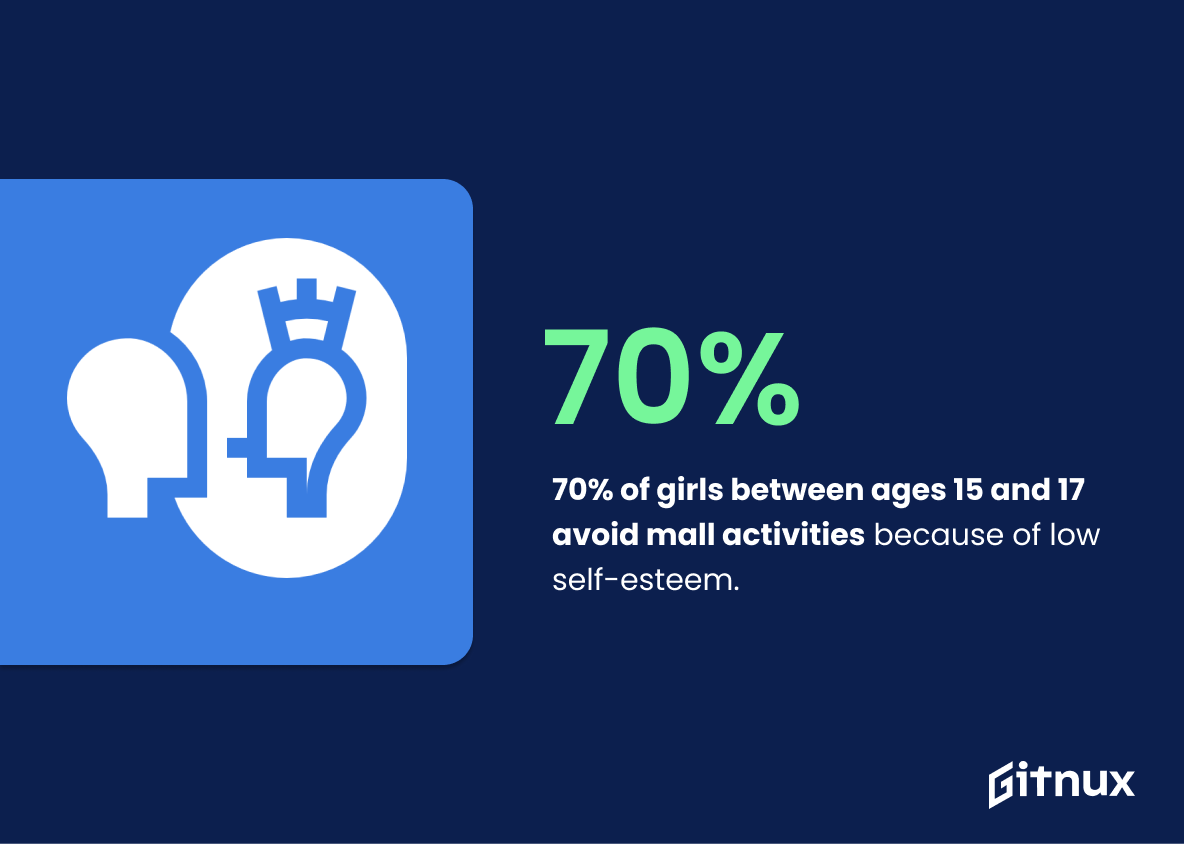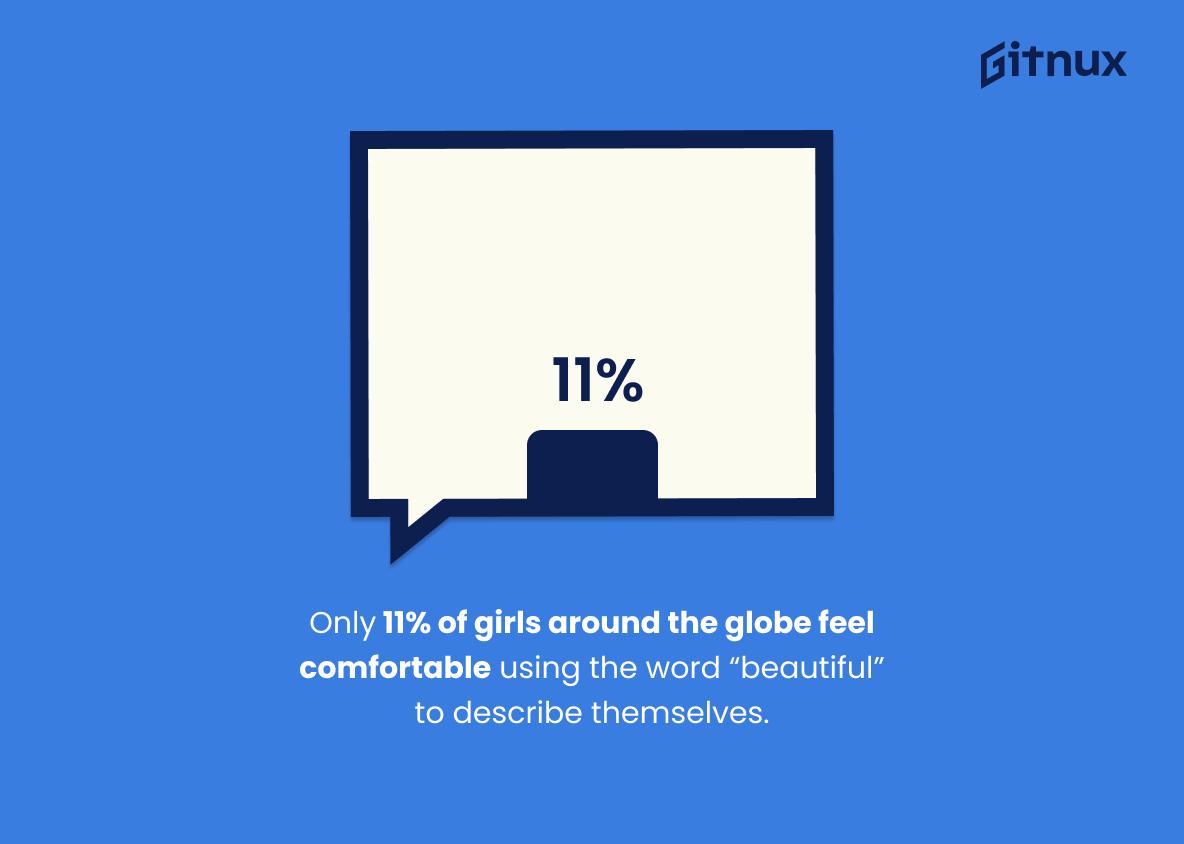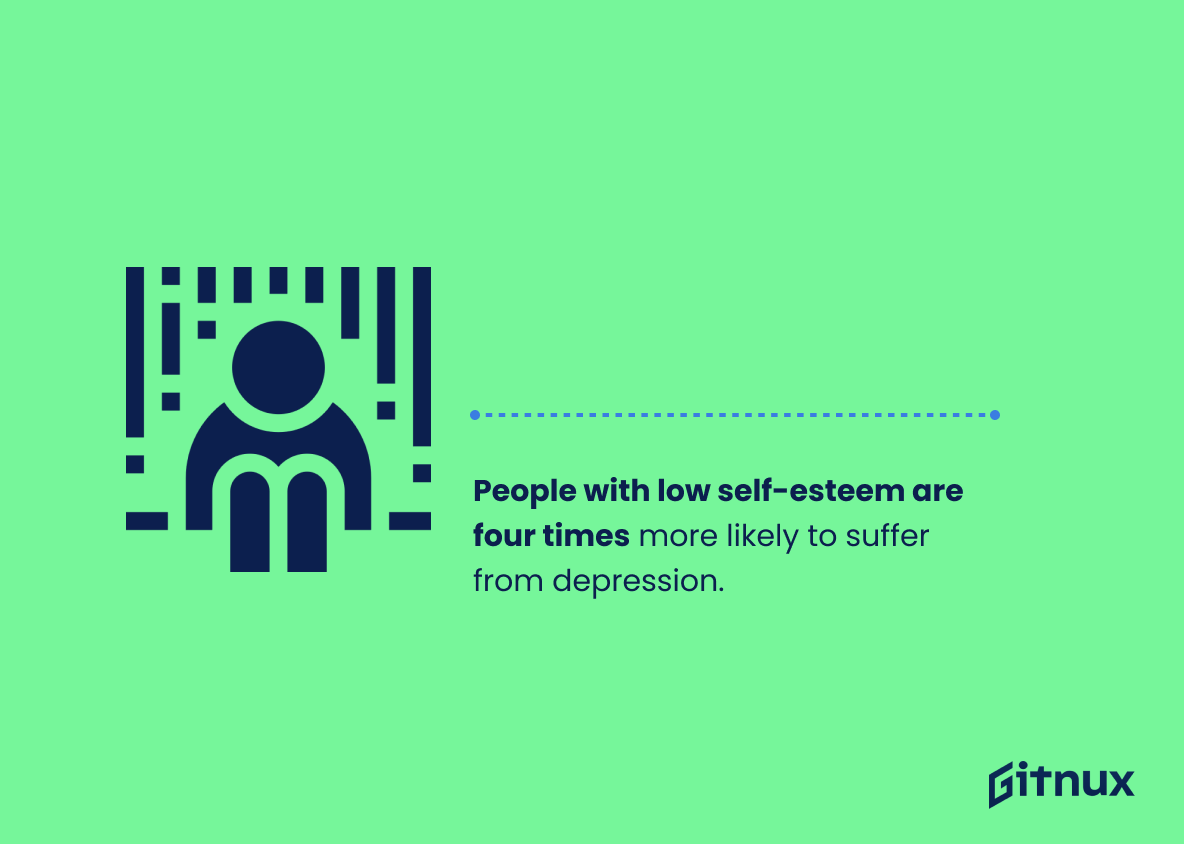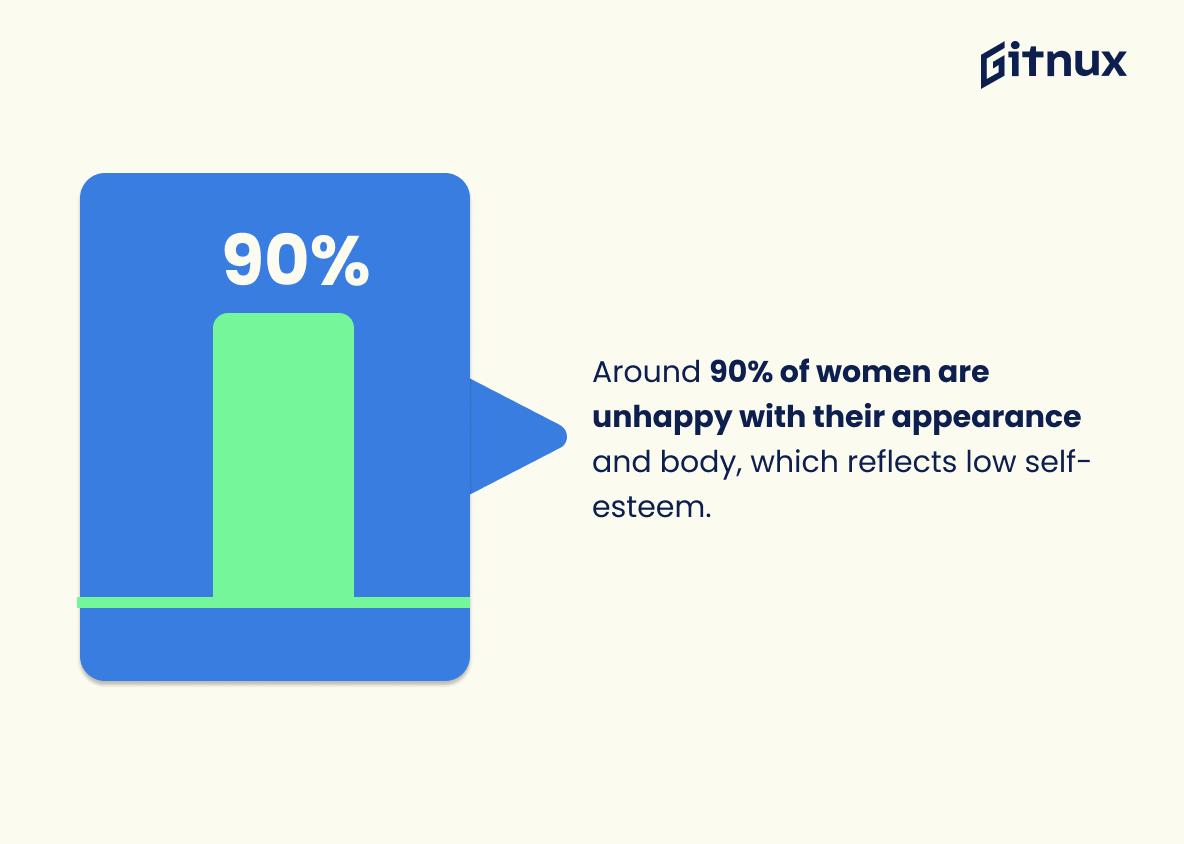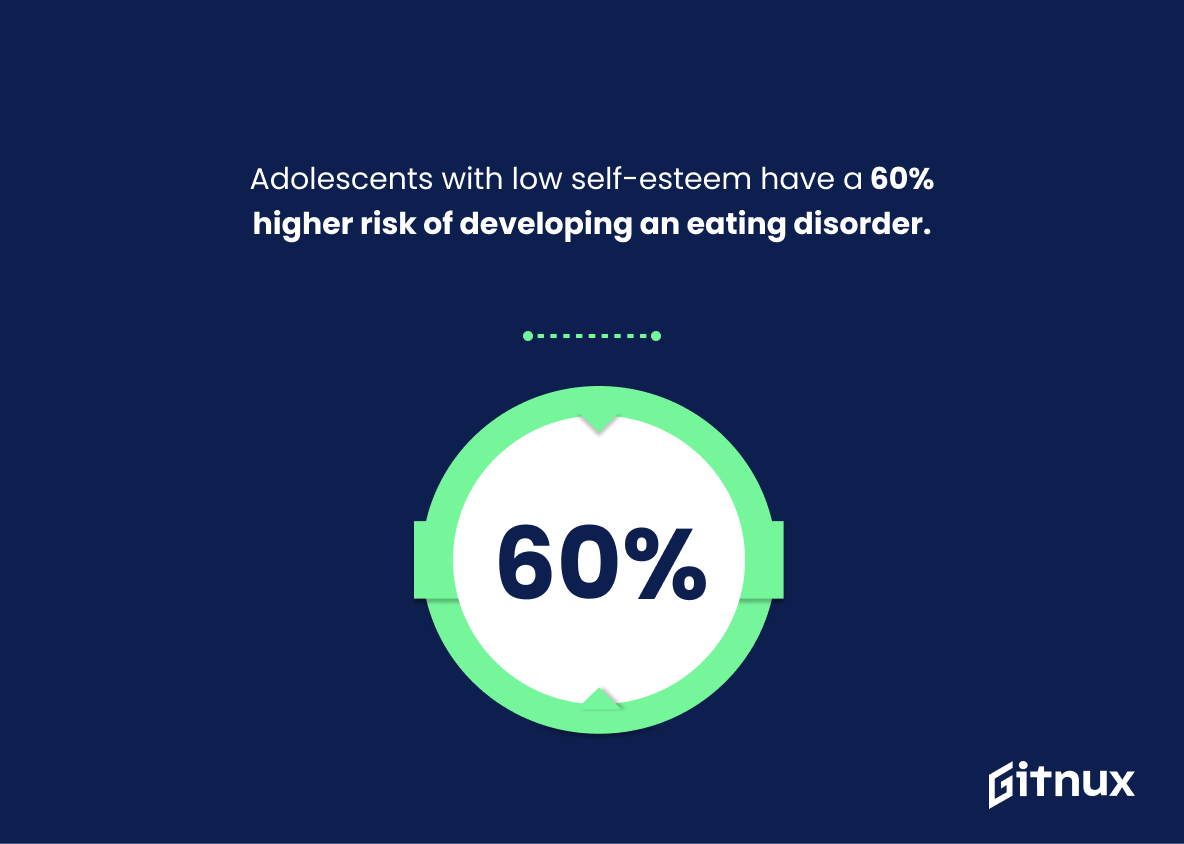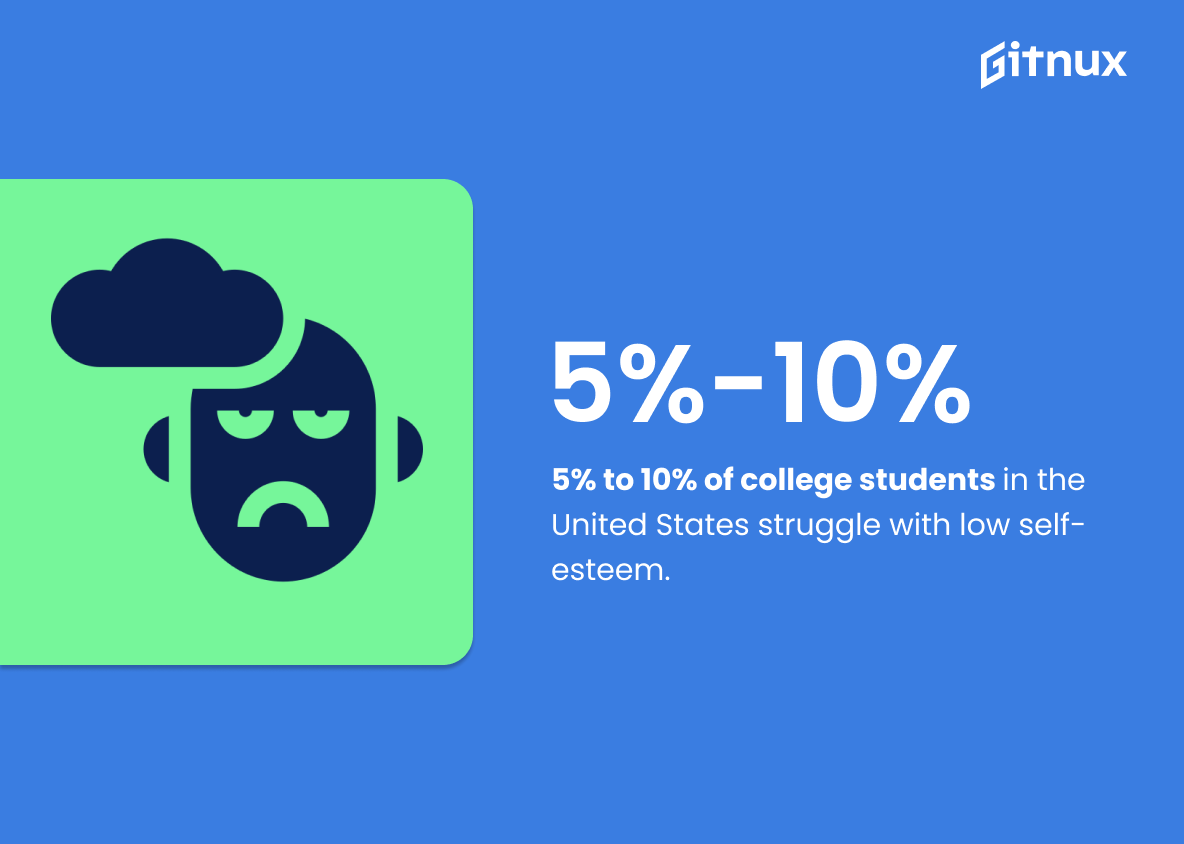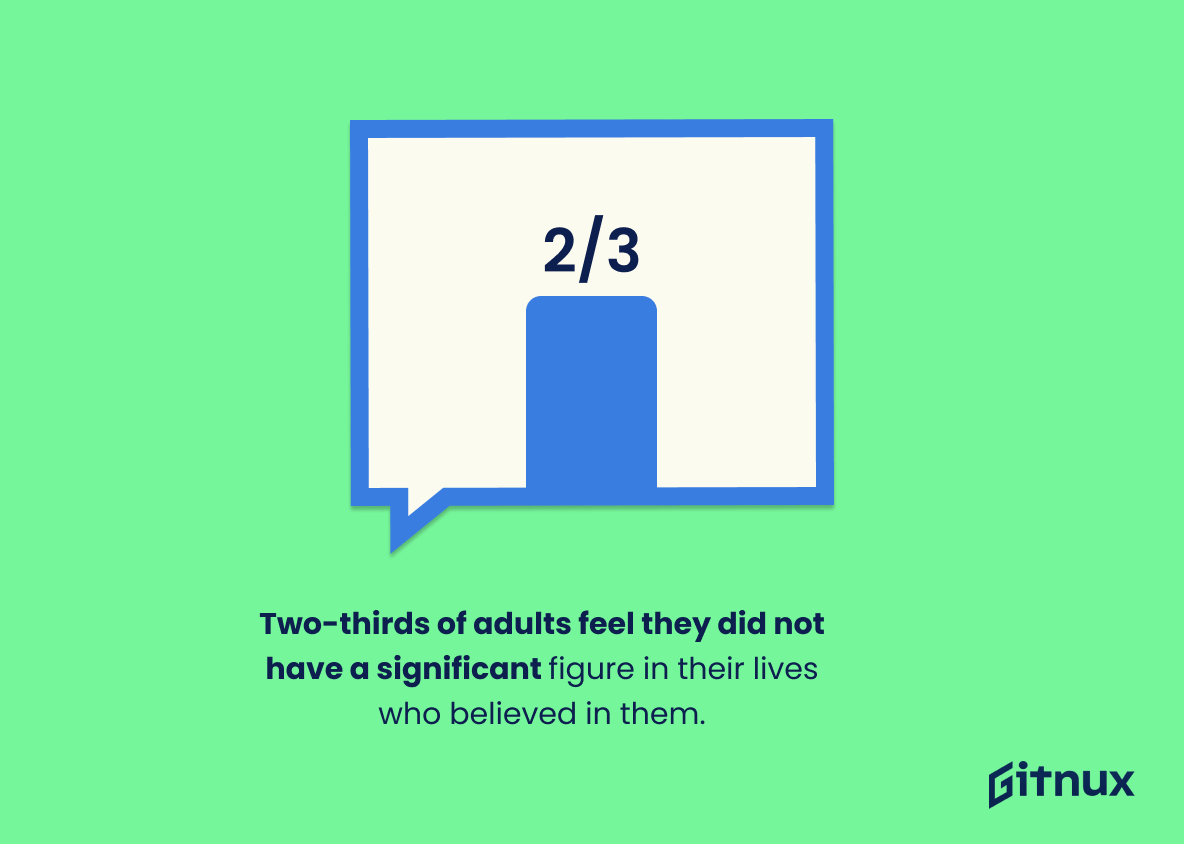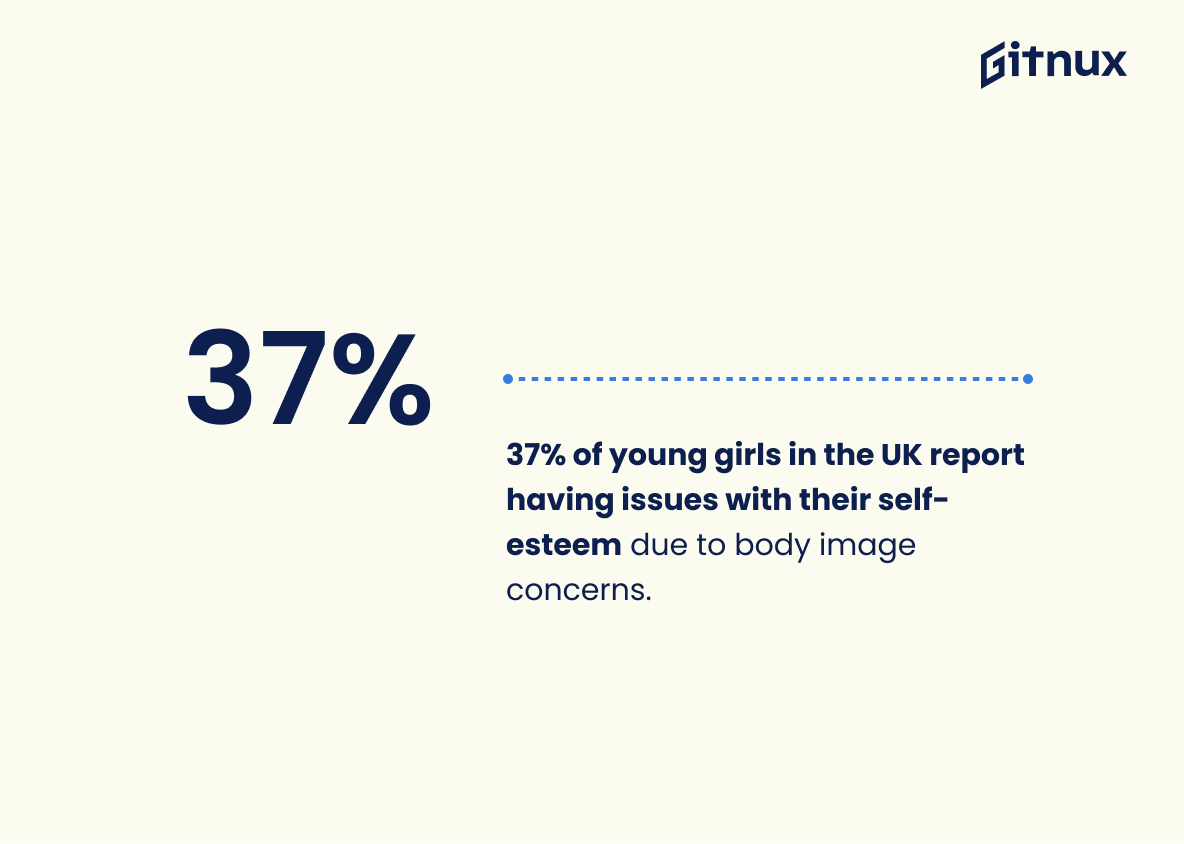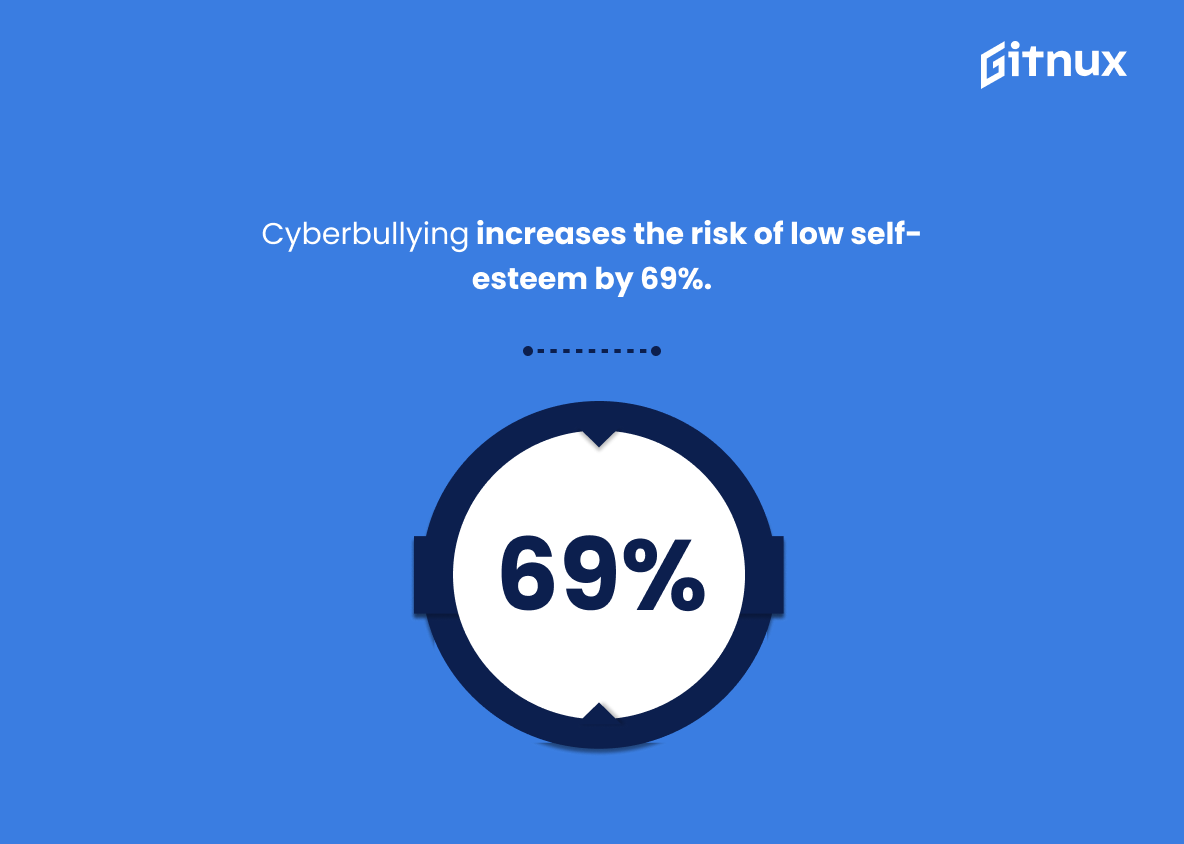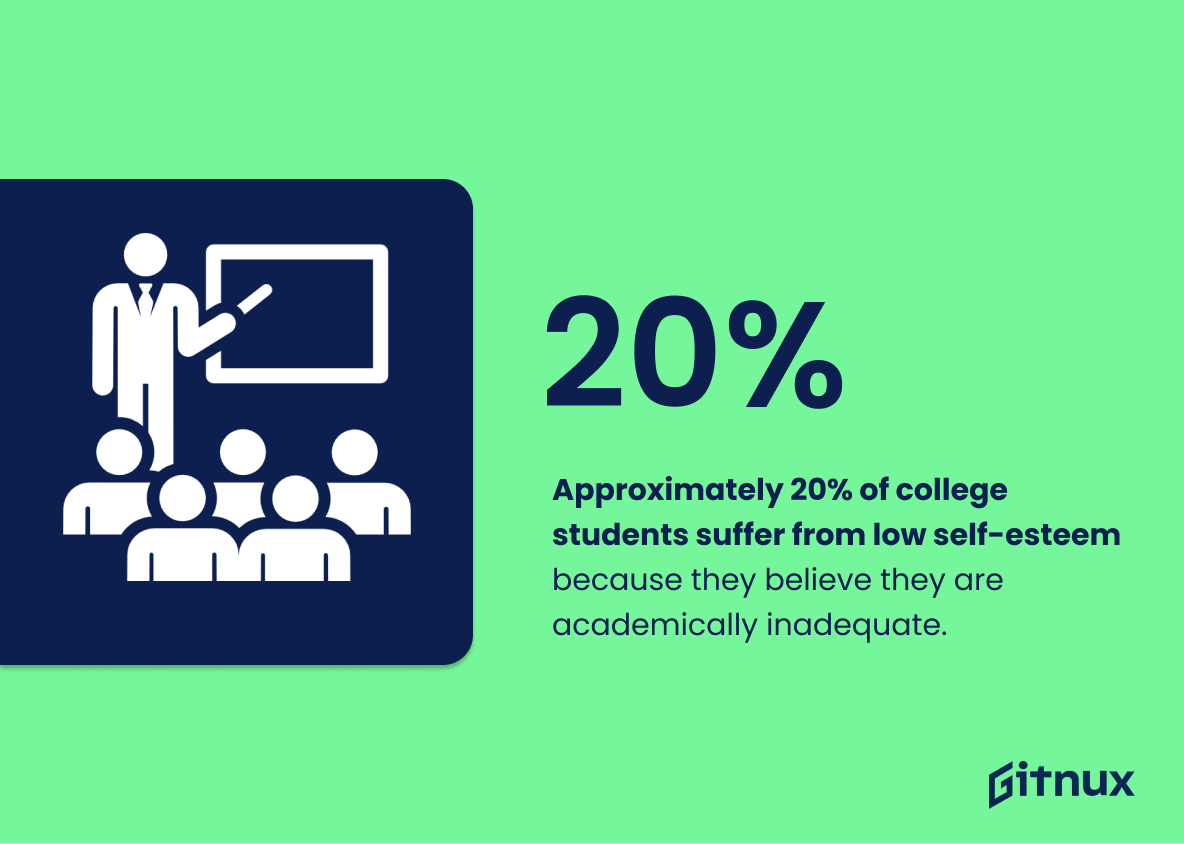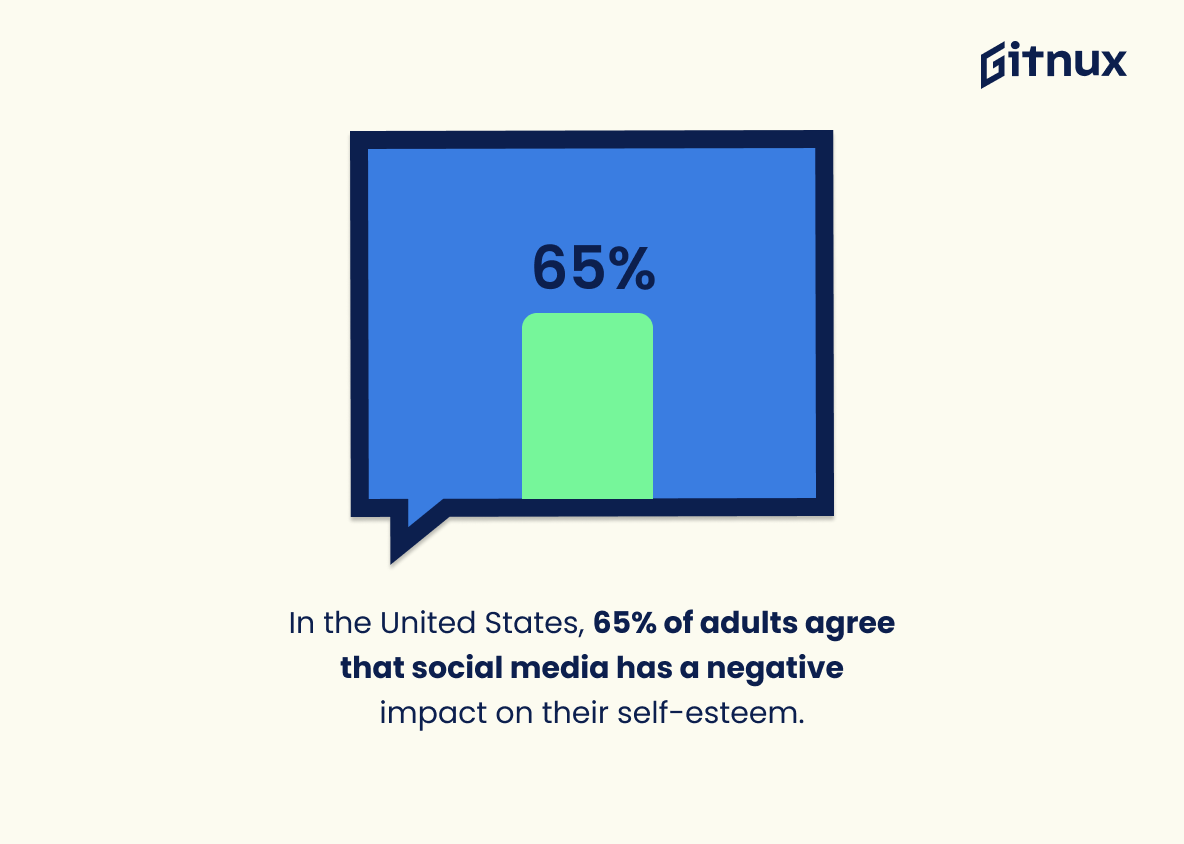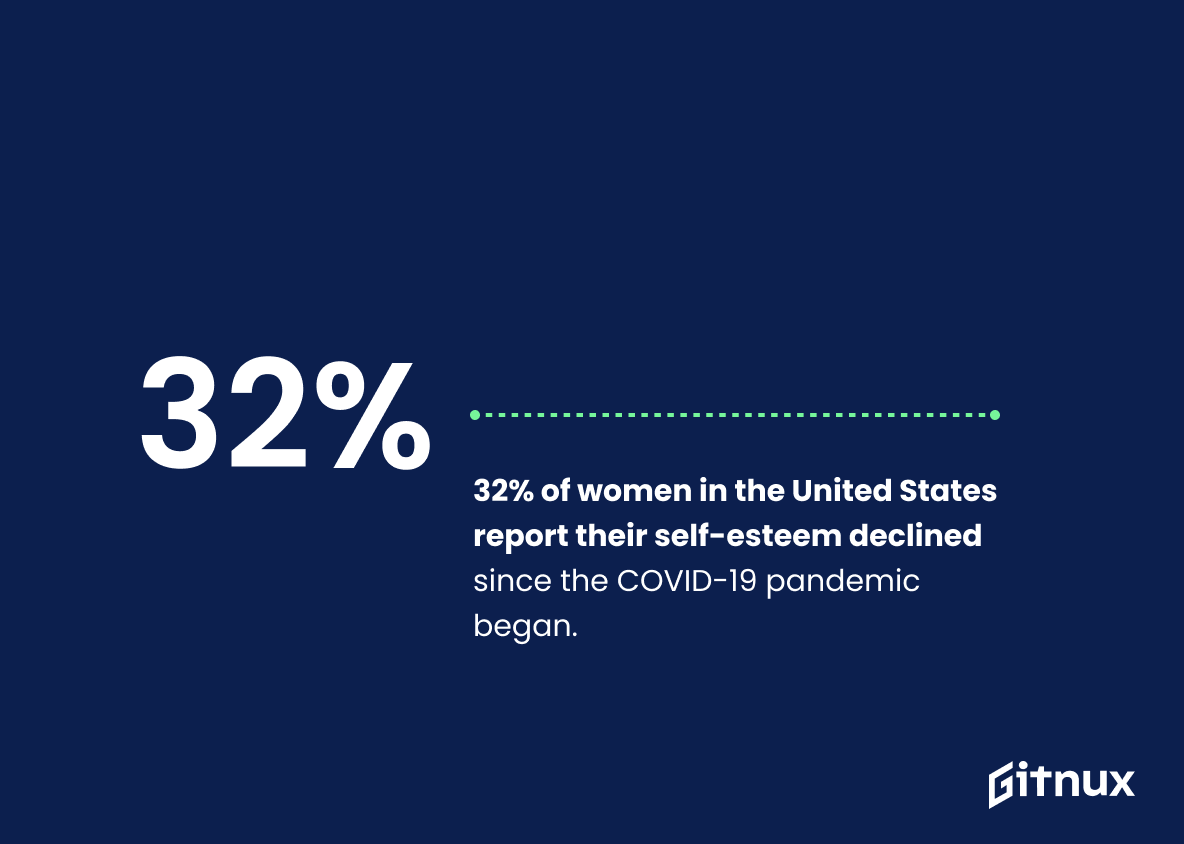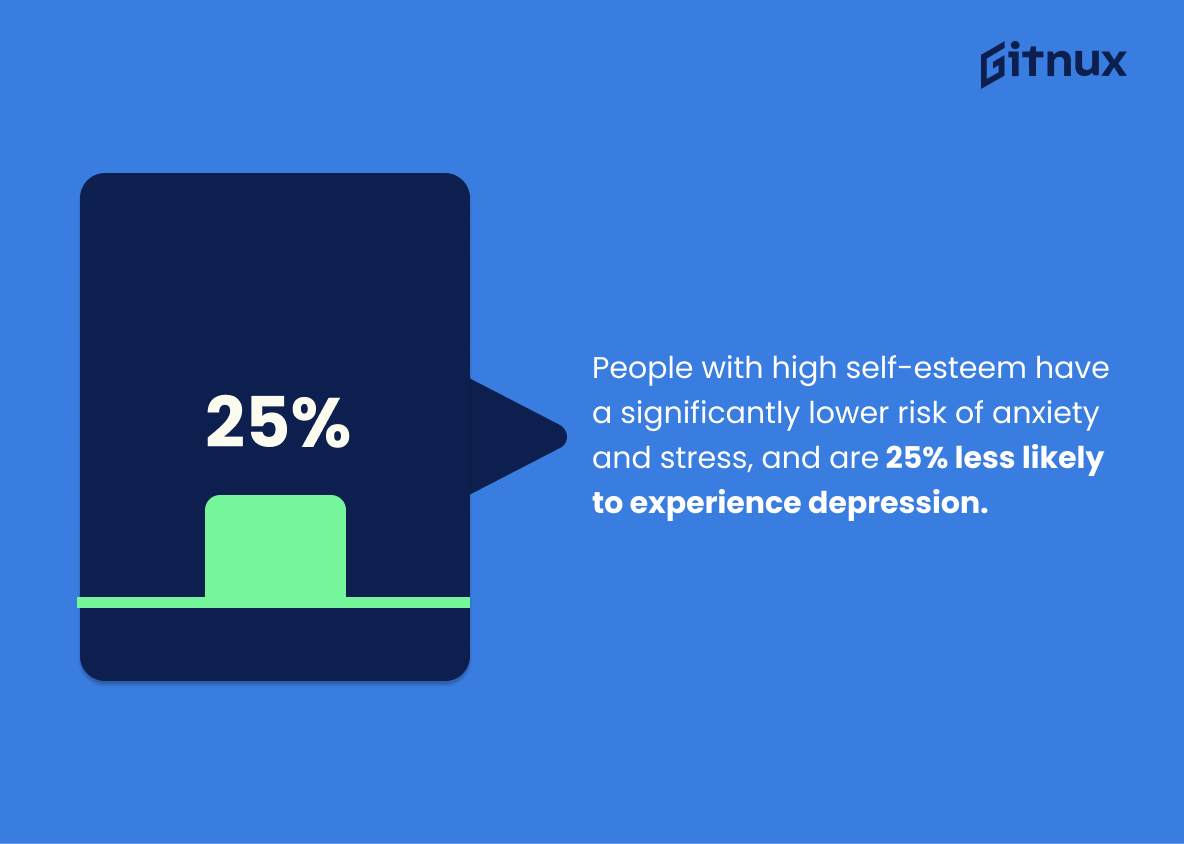Self-esteem is an important factor in our overall mental health and wellbeing. Unfortunately, statistics indicate that many people around the world struggle with low self-esteem. According to research, 75% of girls with low self-esteem reported engaging in negative activities such as disordered eating, cutting, bullying, smoking or drinking. Additionally, 49% of teenagers feel pressure to conform to look good which impacts their self-esteem negatively.
Furthermore, 70% of girls between ages 15 and 17 avoid mall activities due to feeling bad about themselves, while only 11% are comfortable using the word “beautiful” when describing themselves. Social media also has a significant impact on one’s sense of worth; 60 percent report it affects them negatively while 32 percent have seen their confidence decline since the start of the COVID-19 pandemic alone.
On a more positive note, however, studies suggest that those who possess higher levels of self-esteem are 25% less likely to experience depression and anxiety than those who don’t. It is clear from these facts that we need better strategies for building healthy levels of self-esteem among all age groups so they can lead happier lives free from stress , fear and insecurity .
Self Esteem Statistics Overview
70% of girls between ages 15 and 17 avoid mall activities because of low self-esteem.
This statistic is a powerful reminder of the prevalence of low self-esteem among teenage girls. It highlights the fact that a large portion of this demographic is struggling with their self-image, leading them to avoid activities that could potentially make them feel worse about themselves. This statistic is an important part of the conversation about self-esteem, as it serves to illustrate the magnitude of the issue and the need for further discussion and action.
Only 11% of girls around the globe feel comfortable using the word “beautiful” to describe themselves.
This statistic is a stark reminder of the low self-esteem that many girls around the world experience. It highlights the need for more work to be done to help girls feel more confident and comfortable in their own skin. It is a call to action to create a more positive environment for girls to grow up in, one that encourages them to embrace their beauty and feel proud of who they are.
People with low self-esteem are four times more likely to suffer from depression.
This statistic is a powerful reminder of the importance of self-esteem. It highlights the fact that having low self-esteem can have serious consequences, such as depression. This is why it is so important to take steps to build and maintain healthy self-esteem.
Around 90% of women are unhappy with their appearance and body, which reflects low self-esteem.
This statistic is a powerful indicator of the prevalence of low self-esteem among women. It highlights the need for greater awareness and understanding of the issue, as well as the need for more effective strategies to help women build their self-esteem. It also serves as a reminder that self-esteem is an important factor in overall wellbeing and should not be overlooked.
Adolescents with low self-esteem have a 60% higher risk of developing an eating disorder.
This statistic serves as a stark reminder of the importance of self-esteem in the lives of adolescents. It highlights the fact that having low self-esteem can have serious consequences, such as an increased risk of developing an eating disorder. This is a critical issue that needs to be addressed, and this statistic serves as a powerful reminder of the need to prioritize self-esteem in the lives of adolescents.
5% to 10% of college students in the United States struggle with low self-esteem.
This statistic is a stark reminder of the prevalence of low self-esteem among college students in the United States. It highlights the need for more awareness and support for those struggling with this issue, as well as the importance of providing resources to help them build their self-esteem.
Two-thirds of adults feel that they did not have a significant figure in their lives who believed in them, contributing to low self-esteem.
This statistic is a stark reminder of the importance of having someone in our lives who believes in us. It highlights the fact that a lack of support from a significant figure can have a detrimental effect on our self-esteem. This statistic is a powerful reminder of the need to foster positive relationships with those around us, so that we can all benefit from the confidence and self-belief that comes with being supported.
37% of young girls in the UK report having issues with their self-esteem due to body image concerns.
This statistic is a stark reminder of the prevalence of body image issues among young girls in the UK. It highlights the need for greater awareness and education around self-esteem and body image, as well as the importance of providing support and resources to those affected. It is a powerful reminder that self-esteem is an issue that needs to be taken seriously and addressed.
In the United States, 80% of 10-year-olds are afraid of being overweight due, in part, to their self-esteem related to body image.
This statistic is a stark reminder of the prevalence of body image issues among young people in the United States. It highlights the need for parents, educators, and other adults to be aware of the impact of self-esteem on children’s mental health and to take steps to ensure that children are supported in developing a positive body image.
Cyberbullying increases the risk of low self-esteem by 69%.
This statistic is a stark reminder of the damaging effects of cyberbullying on self-esteem. It highlights the need for greater awareness of the issue and the importance of taking steps to prevent it. It also serves as a warning to those who may be vulnerable to cyberbullying, as it shows the potential for long-term damage to their self-esteem.
Approximately 20% of college students suffer from low self-esteem because they believe they are academically inadequate.
This statistic is a stark reminder of the prevalence of low self-esteem among college students. It highlights the fact that many students feel they are not meeting their academic expectations, leading to a lack of confidence in their abilities. This statistic is an important reminder that self-esteem is an issue that needs to be addressed in order to ensure that college students are able to reach their full potential.
In the United States, 65% of adults agree that social media has a negative impact on their self-esteem.
This statistic is a powerful indicator of the prevalence of social media’s negative influence on self-esteem. It shows that a majority of adults in the United States are aware of the detrimental effects of social media on their self-esteem, and it serves as a reminder that this is an issue that needs to be addressed. This statistic is an important piece of evidence to include in a blog post about self-esteem statistics, as it provides a clear picture of the current state of affairs.
32% of women in the United States report their self-esteem declined since the COVID-19 pandemic began.
This statistic is a stark reminder of the psychological toll the COVID-19 pandemic has taken on women in the United States. It highlights the need for greater awareness and support for those struggling with their self-esteem during this difficult time. This statistic is a call to action for individuals, organizations, and communities to come together to provide resources and support to those affected.
People with high self-esteem have a significantly lower risk of anxiety and stress, and are 25% less likely to experience depression.
This statistic is a powerful reminder of the importance of self-esteem. It shows that having a healthy sense of self-worth can have a profound impact on mental health, reducing the risk of anxiety, stress, and depression. This is an important insight that can help people understand the importance of cultivating a positive self-image.
Conclusion
The statistics presented in this blog post demonstrate the prevalence of low self-esteem among people around the world. From girls engaging in negative activities to adults feeling inadequate, it is clear that many individuals struggle with their sense of worth and value. Low self-esteem can lead to depression, anxiety, eating disorders, cyberbullying and more. It is important for us all to recognize these issues and take steps towards improving our own self-esteem as well as supporting those who are struggling with theirs.
References
0. – https://www.ncbi.nlm.nih.gov
1. – https://www.medium.com
2. – https://www.nytimes.com
3. – https://www.fortune.com
4. – https://www.girlguiding.org.uk
5. – https://www.psychalive.org
6. – https://www.dove.com
7. – https://www.ditchthelabel.org
